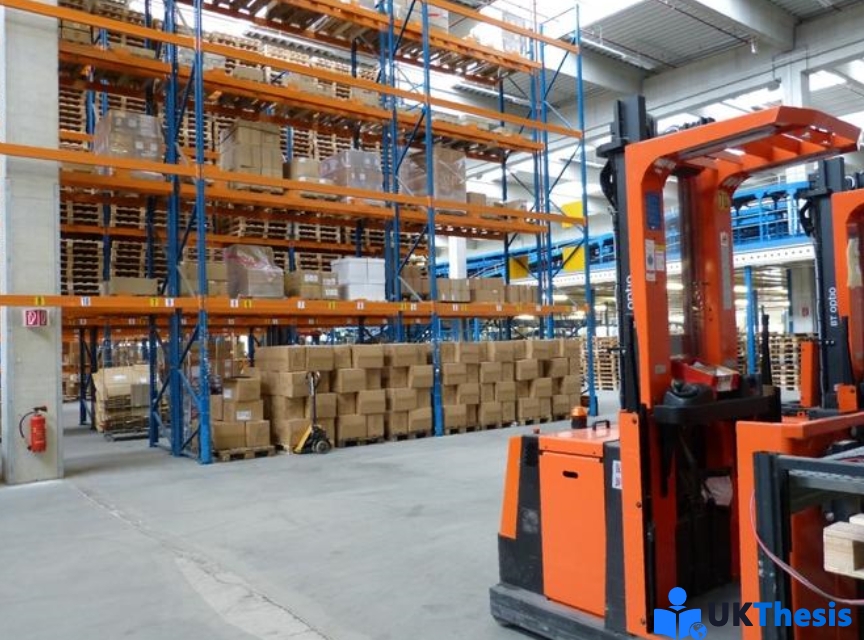Business essay代写参考:Silk Manufacturing, Distribution and Material

Business essay代写参考-丝绸制造、分销和材料。本文是一篇由本站代写服务提供的business essay范文,主要内容是讲述丝绸的生命周期所需的原材料是家蚕、蚕、茧和桑叶。丝绸的发现开始了蚕业和丝绸工业的实践。这需要的原料是一种叫做蚕的小生物。本篇essay指出在纺织工业中广受欢迎的生物被称为蚕。蚕有不同的种类,但在蚕业中最常用的是以桑叶为食的家蚕。家蚕蛾是家蚕的成熟期。这只蛾体现了蚕生命周期的结束和开始。雌蛾与雄蛾交配后,会产下数百个卵。雌蛾作为有翼昆虫的寿命并不长;雌蛾生完孩子后死亡。蚕期是昆虫一生中最长的阶段。在养蚕场里,人们进行养蚕活动。本篇essay阐述蚕业是指以生产丝绸为目的饲养蚕。在家蚕幼虫的生命周期中,它会连续几天以桑叶为食,直到它变得对皮肤来说太大。它会脱落那层皮肤,继续进食和生长。它在两个月内这样做了大约四次,最终长到了3英寸。当它完全长大后,毛毛虫停止进食并改变皮肤颜色。这是一个迹象,表明插图已经为下一阶段,即抽茧阶段做好了准备。蚕茧是丝绸生产中非常重要的部分。这个通用术语是指许多昆虫为保护自己如蛹而纺成的保护套。以下内容就是针对丝绸制造、分销和材料等相关问题的Business essay范文,供参考。

The product’s life cycle as below-产品的生命周期如下-
RAW MATERIAL-
The raw material needed to start the life cycle of silk is Bombyx Mori moth, Silkworms, Cocoons, and Mulberry Leaves. Discovery of silk began the practice of sericulture and the silk industry. The raw material that was needed for this was a small creature called the silkworm. The creature that gained popularity in the textiles industries is known as the silkworm. There are different types of silkworms, but the one that is most commonly used in sericulture is the Bombyx Mori, the silkworm that feeds on mulberry leaves. The Bombyx Mori moth is the mature stage of the silkworm. This moth embodies the ending as well as the beginning of the life cycle of the silkworm. After the female moth is mated with a male moth, it lays hundreds of eggs. The female moth does not have a long life as a winged insect; after giving birth, the female moth dies. The silkworm stage is the longest stage of the insect’s life. In the silkworm cultivation farm, sericulture takes place. Sericulture refers to the rearing of the silkworm for the purpose of producing silk. During the life cycle of the Bombyx Mori larvae, it continuously feeds on mulberry leaves for a few days until it becomes too large for its skin. It sheds that layer of skin and continues to eat and grow. It does this about four times within two months and eventually grows to 3 inches. When it is full grown, the caterpillar stops eating and changes its skin color. This is a sign that the inset is ready for the next stage, the cocoon spinning stage. The cocoon is the very important part of the silk production. The general term refers to the protective casing that is spun by many insects to protect themselves as pupas. The cocoon that we are most familiar with is the one built by the caterpillar to enclose its transformation into a butterfly. One that we are not quite familiar with is a silkworm’s cocoon that protects it during its transformation into a moth. This particular type of cocoon happens to be the most valued cocoon in the textile industry because if it’s distinct features. The characteristics of these cocoons are only produced from the silkworms because they produce a protein called sericin and fibroin.
本篇essay指出我们最熟悉的茧是毛毛虫为把自己变成蝴蝶而建造的茧。一个我们不太熟悉的是蚕茧,它在变成蛾的过程中保护着它。这种特殊类型的茧恰好是纺织业中最有价值的茧,因为如果它有独特的特征。这些蚕茧的特性仅由蚕产生,因为它们产生一种称为丝胶和丝素蛋白的蛋白质。
MANUFACTURING OF SILK GARMENTS:丝绸服装制造
After the threads are prepared, the next step is turning it from silk thread to varying silk works. During the fabrication of silk, it undergoes dying and weaving. After it becomes fabric, it is used to produce garments, wedding dresses, draperies, and etc. The natural dyes of the silk threads are pure white and pure yellow. This varies from the different types of silkworms. In terms of the dyeing process, vegetable dyes were used to color the silk in the past. In recent times, silk body began using synthetic dyes however, they are interested in returning to the usage of natural dyes. Today, the dyes that are used are acid dyes, metal-complex dyes, reactive dyes and etc. The dying process requires a well maintained pH, good quality water and proper duration of dyeing and drying in order for the coloration to turn out well. In some of the place in New Zealand, the procedure for dying is manual. They use their hands and dye-tubs to dye the silk. During the procedure, the silk is soaked in the dye for a certain amount of time. After they are soaked, they are squeezed to remove the access water. After that, they threads are left to dry. After the dyeing process, the silk threads are ready to be turned into gowns, clothing, and other uses. When the silk is a yarn, it is weaved into fabric like any other yarn. However, since silk is very delicate, it requires more specialized looms. In the past, the Jacquard loom was invented to be used for silk because of its fragility. Today, power-looms are used however, traditional looms are still used too.
准备好丝线后,下一步是将丝线变成各种各样的丝绸作品。在丝绸的制造过程中,它要经过染色和织造。它成为织物后,用于生产服装、婚纱、窗帘等。丝线的天然染料是纯白和纯黄。这因不同类型的蚕而异。在染色工艺方面,植物染料过去被用来给丝绸上色。近年来,丝体开始使用合成染料,但他们有兴趣回归使用天然染料。如今,使用的染料有酸性染料、金属络合物染料、活性染料等。染色过程需要保持良好的pH值、优质的水以及适当的染色和干燥时间,才能使着色效果良好。在新西兰的一些地方,死亡程序是手动的。他们用手和染缸染丝绸。在这个过程中,丝绸在染料中浸泡一定的时间。浸泡后,对其进行挤压以去除进入水。之后,让它们的螺纹晾干。经过染色处理后,丝线就可以变成长袍、衣服和其他用途了。当丝绸是纱线时,它会像其他纱线一样被编织成织物。然而,由于丝绸非常精致,因此需要更专业的织机。过去,提花织机是为了制造丝绸而发明的,因为它很脆弱。Essay指出在如今,动力织机被使用,但传统织机仍在使用
DISTRIBUTION AND TRANSPORTATION:配送和运输
After the garments are ready they are transported to different parts of the New Zealand to retailers, shoppers etc. to sale them out. The kiwi people are using silk clothing and garments because silk can be worn in any season silk is nice to wear in both warm and cool weather is due to its chemical or molecular structure as silk is a natural fibre. The silk is transported through trucks and other transport nearly all over New Zealand.
服装准备好后,被运往新西兰的不同地区,交给零售商、购物者等进行销售。猕猴桃人使用丝绸服装,因为丝绸可以在任何季节穿着。丝绸在温暖和凉爽的天气里都很好穿是因为它的化学或分子结构,因为丝绸是一种天然纤维。丝绸通过卡车和其他运输工具几乎在新西兰各地运输。本站提供各国各专业essay格式范文,essay代写以及essay写作辅导,如有需要可咨询本平台。